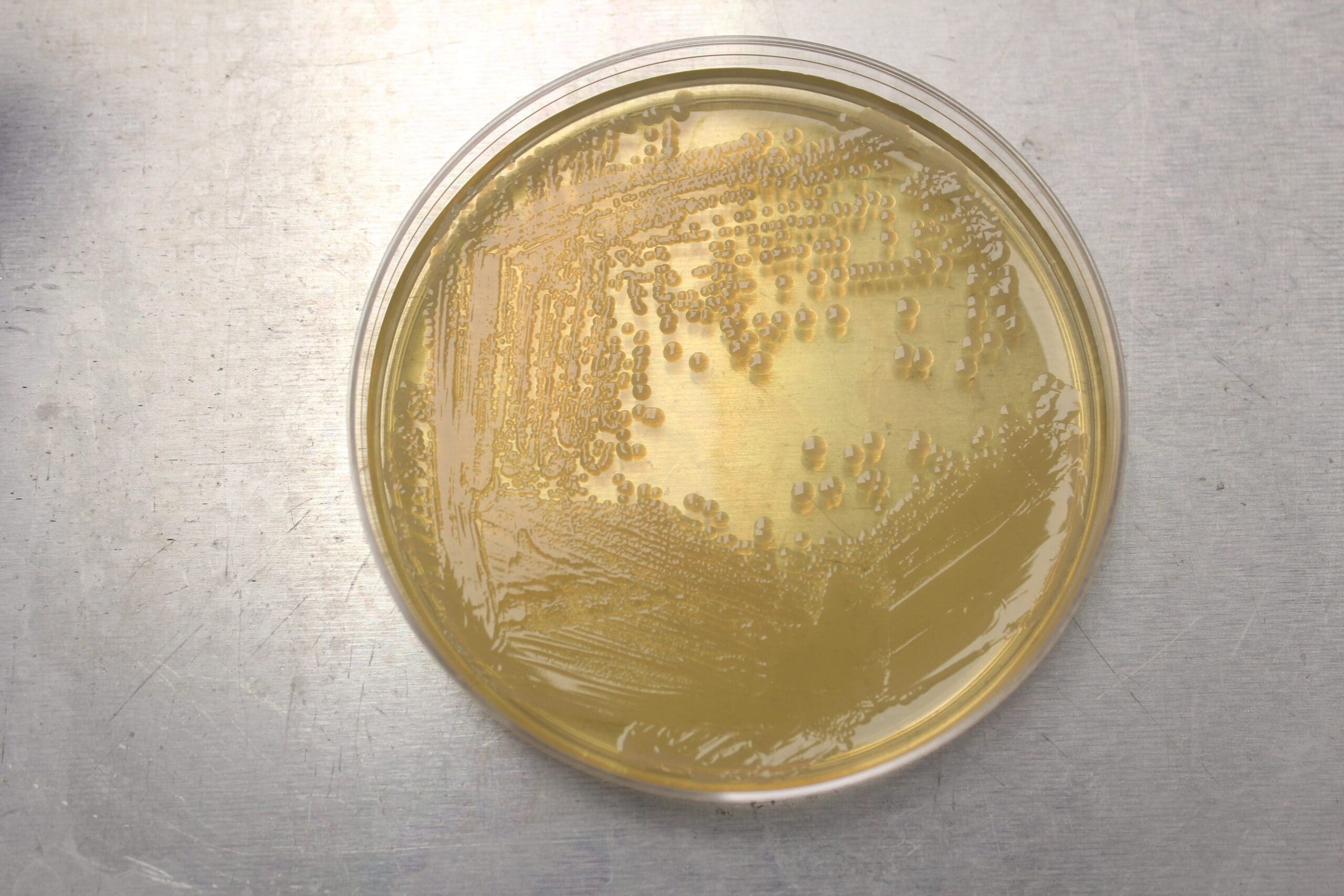
Get A Testing Quote
Salmonella enterica
Structure and Physiology
Salmonella enterica is a Gram-negative, rod-shaped, facultative anaerobic bacterium that is common to all parts of the world. S. enterica contains flagella that are used for locomotion and a sensory organelle to measure the chemical nature and temperature of the extracellular space. A characteristic of this bacterium is its ability to create successful biofilms and bind strongly to host cells. It contains a very high level of fimbrial (attachment pili) and non-fimbrial adhesins that allow strong, stable binding.
Transmission and Disease
S. enterica can cause an infection to humans called salmonellosis. Infections often occur by contaminated food products and interactions with infected domestic animals. Raw chicken eggs can contain S. enterica. When the eggs sit at room temperature, the yolk membrane starts to break down and allows S. enterica to spread and grow.
Disinfection
Because of its regular occurance and pathogenicity, S. enterica is a common bacteria for measuring disinfectant efficacy.
Notes
The species of Salmonella enterica can be subdivided into 6 subspecies, and are over 2500 serovars for S. enterica.
References
- Cao G, Allard M, Strain E, Stones R, Zhao S, Brown E, Meng J. Genetic Diversity of Salmonella Pathogenicity Islands SPI-5 and SPI-6 in Salmonella Newport. Foodborne Pathog Dis. 2014 Sep 4.
Share

